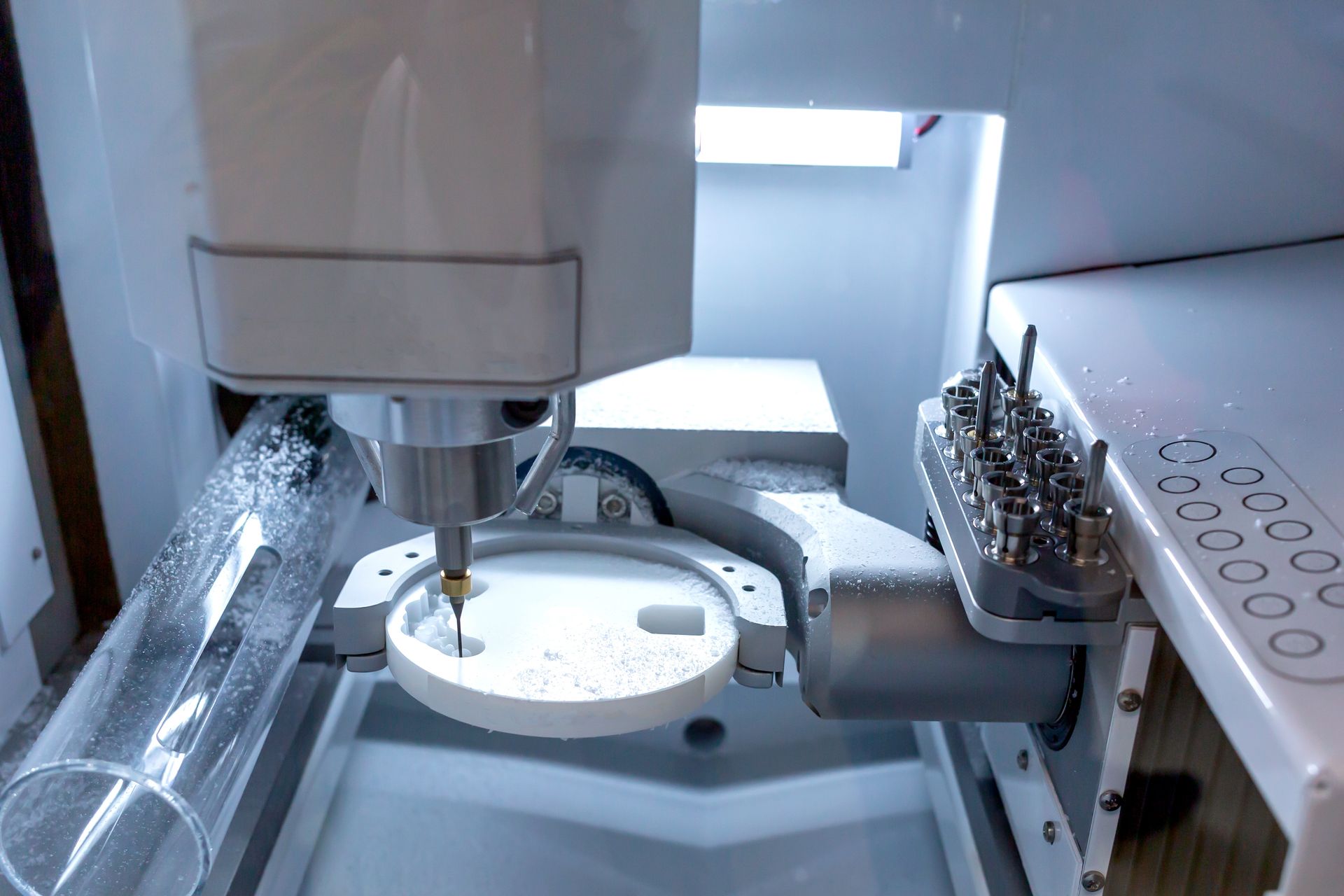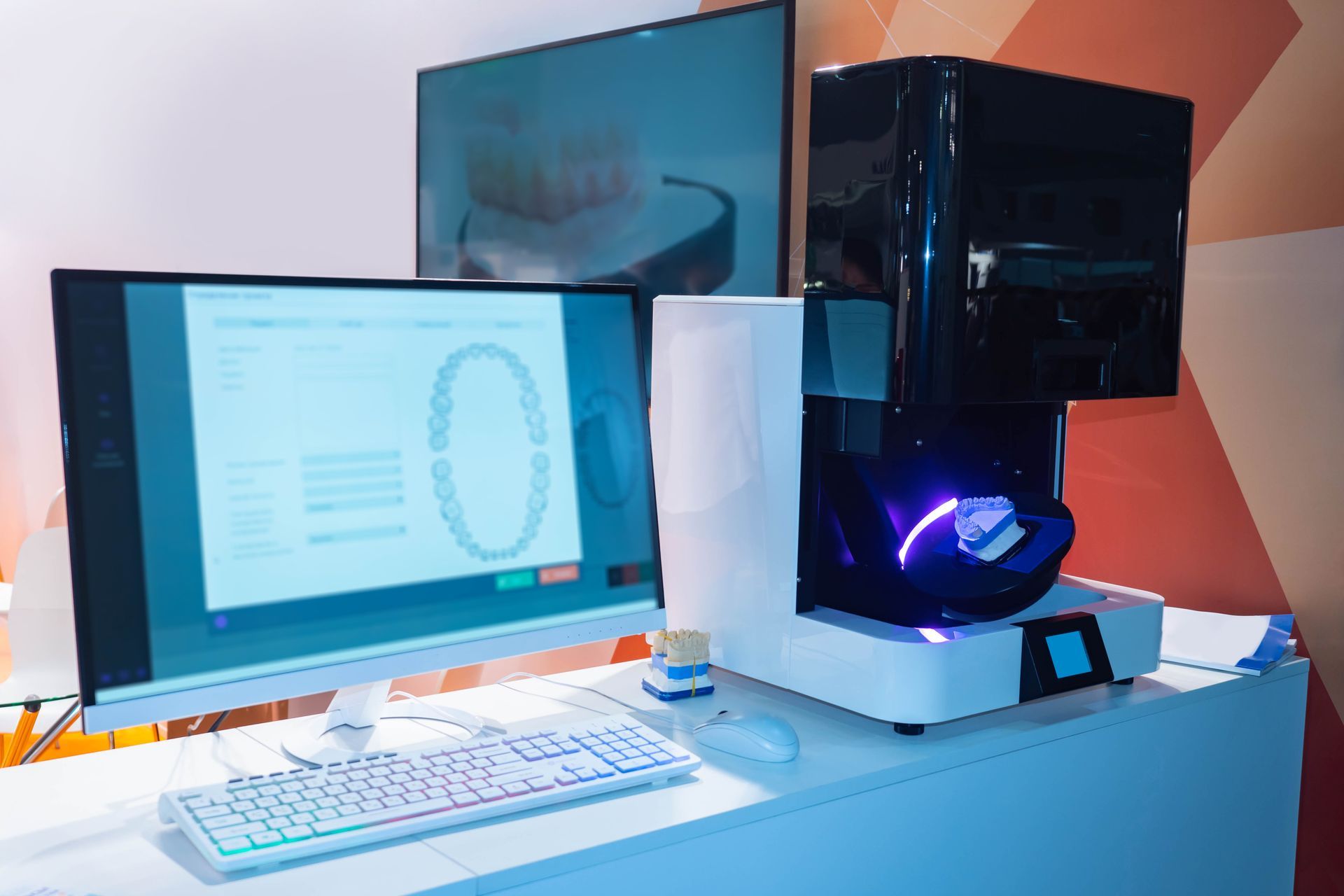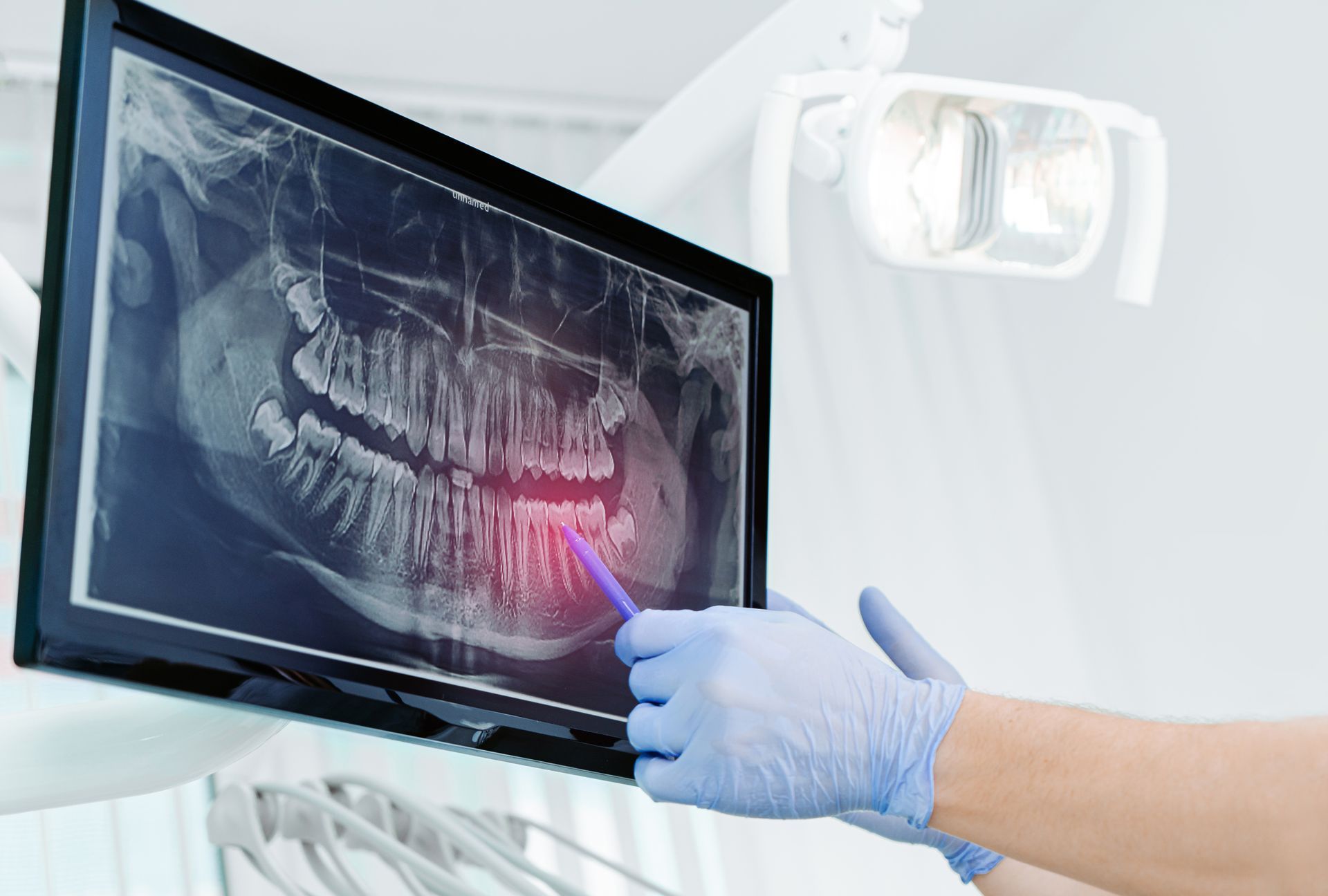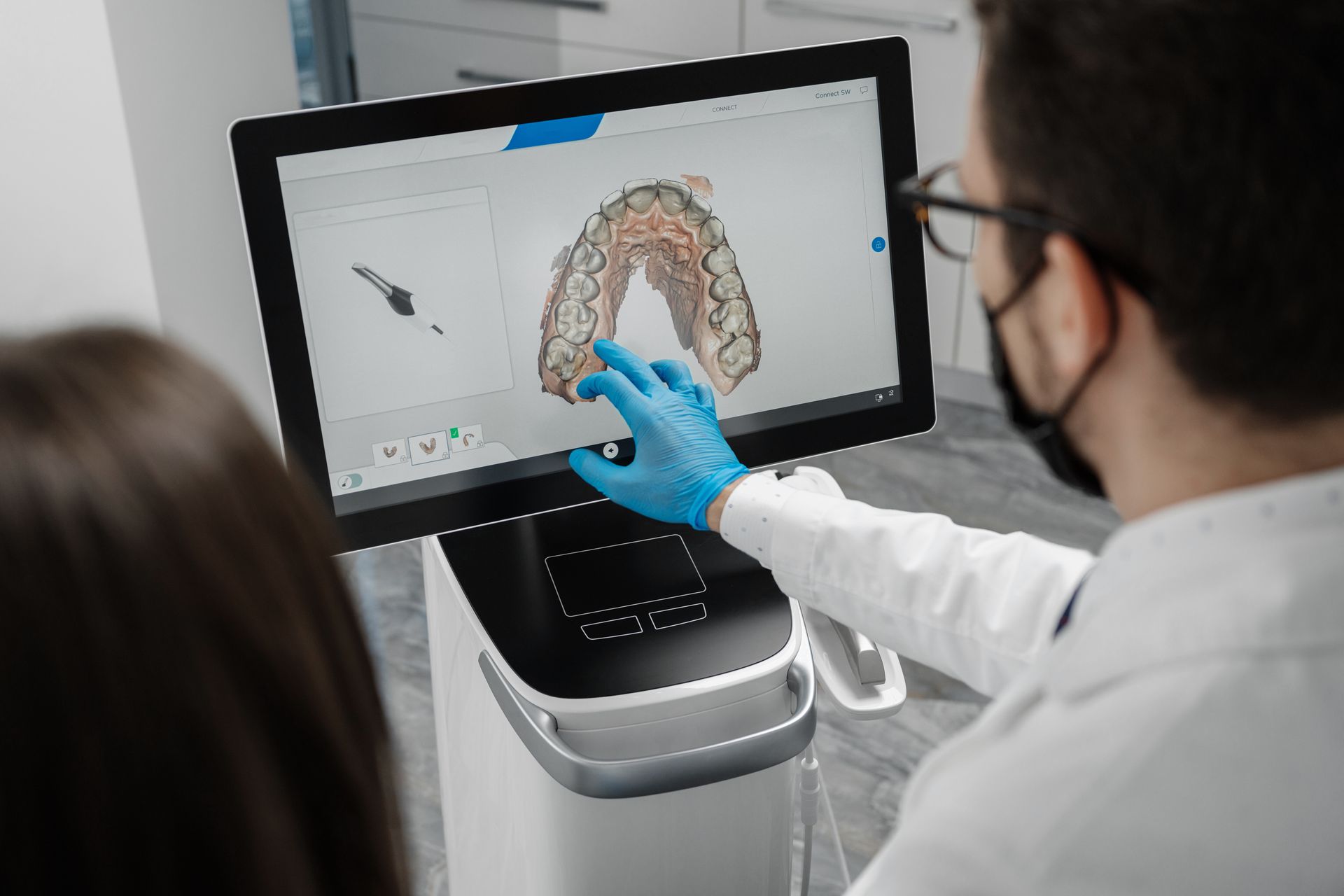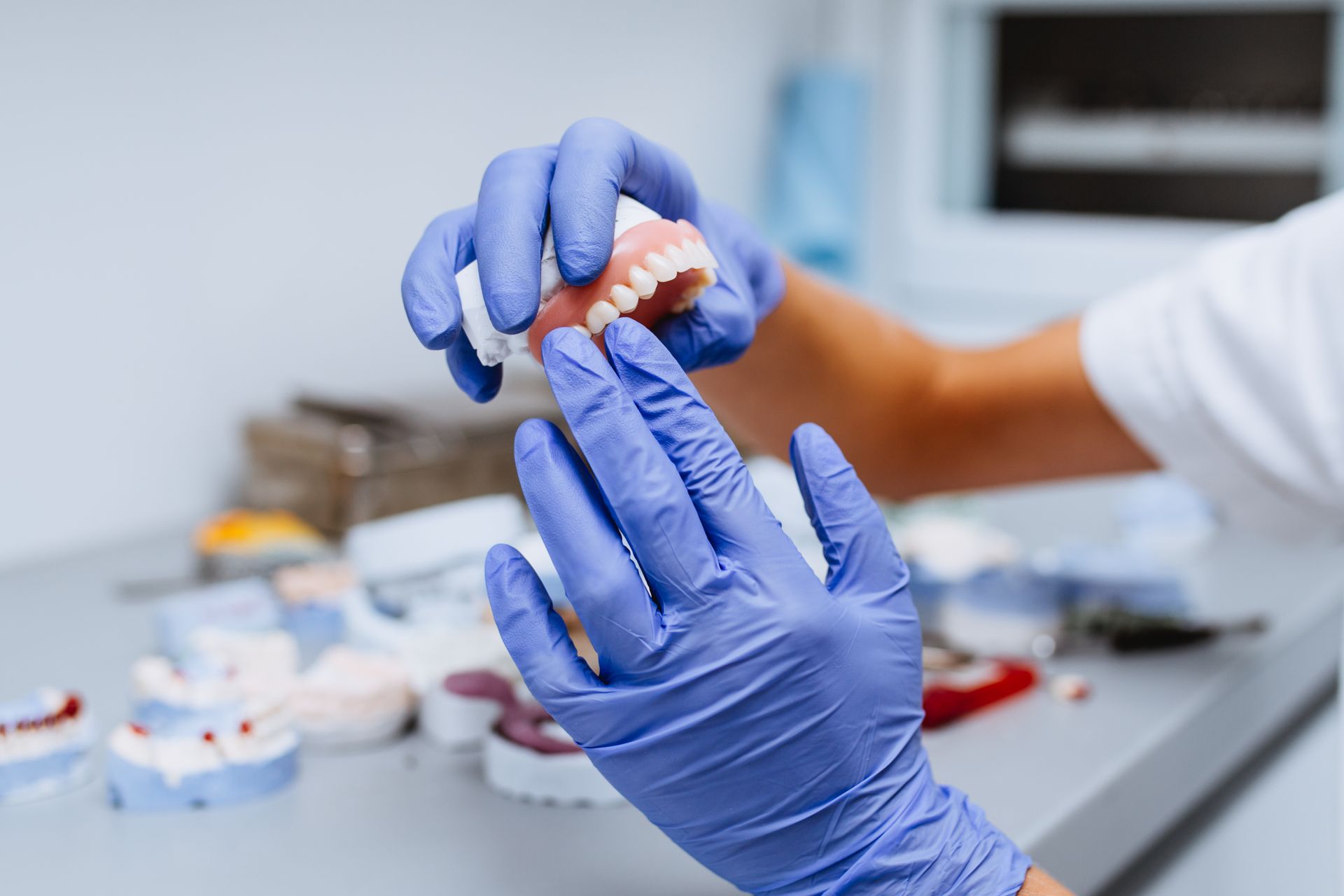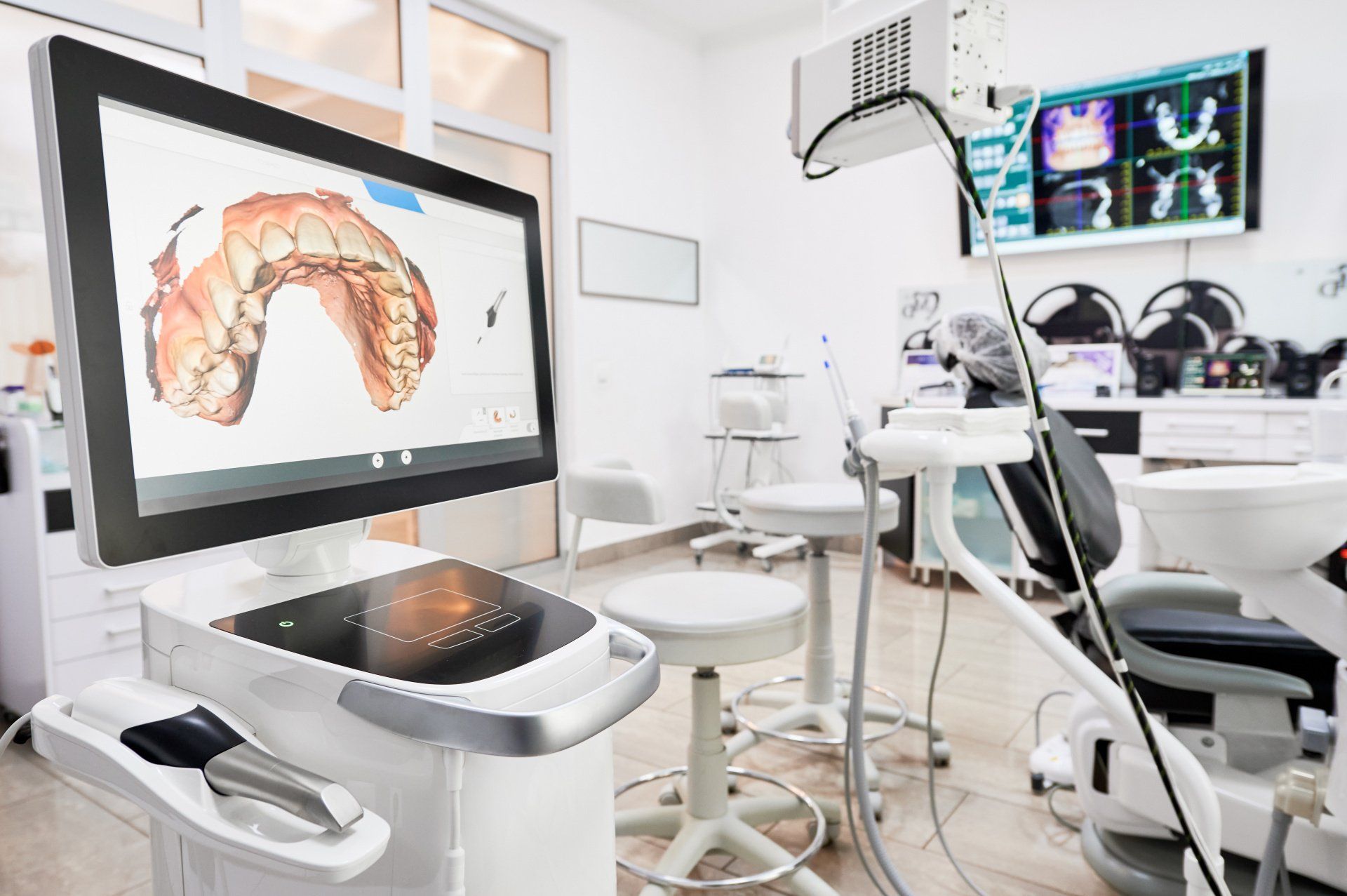Important Factors to Consider before Doing a Partial Denture Reline
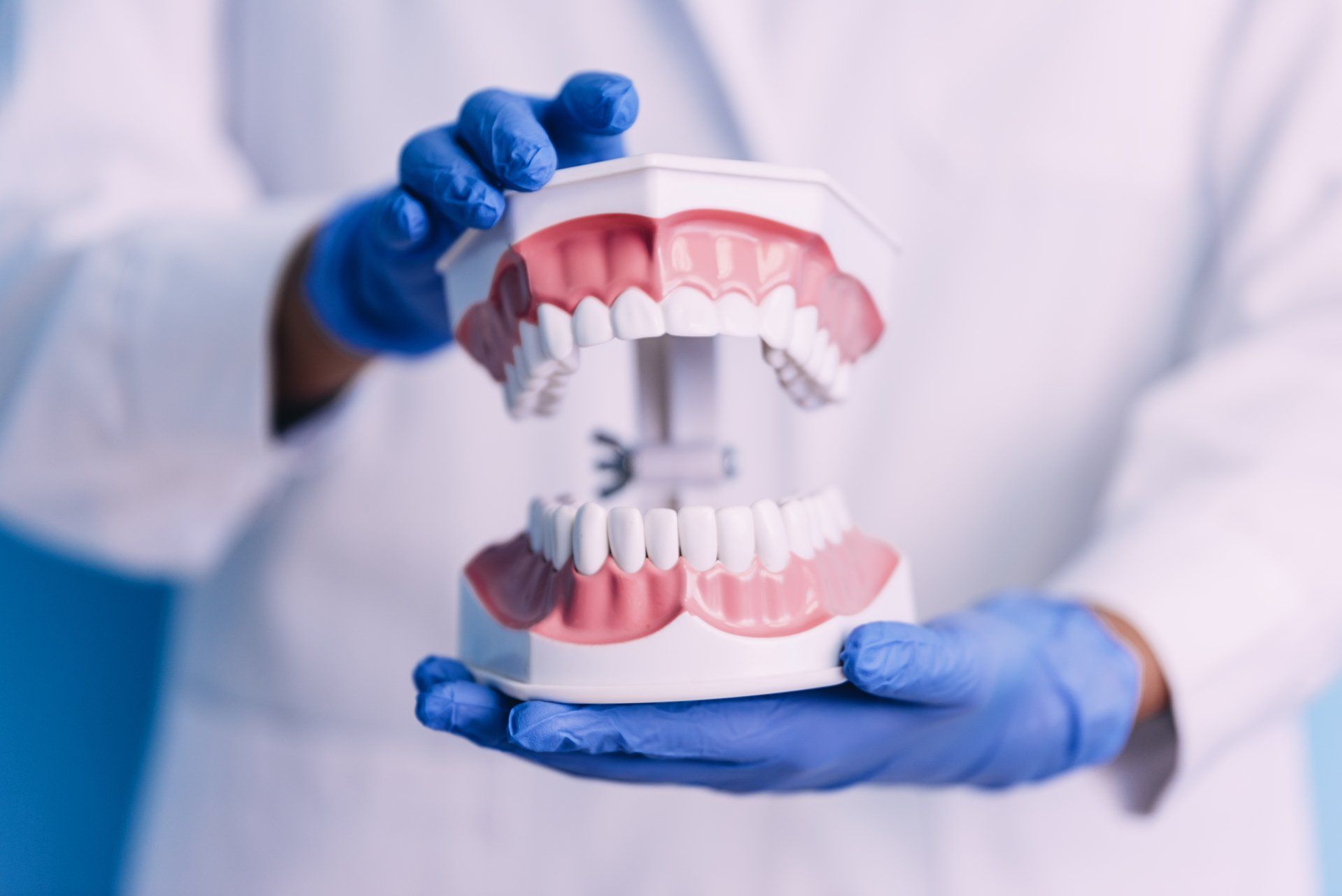
Removable partial dentures will need relining over time. After all, the mouth doesn’t stay the same through the years. Metal parts will inevitably loosen or start to fit differently, and this may result in patients wanting a fix.
However, before drastic measures are taken, oral health professionals must consider a few factors.
Is the Patient’s Mouth’s Condition Optimal?
Of course, you will likely perform an examination to check for any issues in their mouth. Though the detection of any oral diseases and conditions will fall on your discretion, it will also determine the cause of their partial denture issues. It will also inform you whether or not they can handle any changes right away.
The things to look for are any soreness that may be affected by the positioning of the dentures. The framework needs to be fitted properly for it to function. It’s also important to make sure the tissue under the edentulous areas has not resorbed and is not trapping food. You should also check if the individual can handle some time without their partial dentures.
A good indicator of a dislodged framework is a significant space under the saddles. Check whether this dislodges whenever it is seated. Afterward, see if occlusal contact is affected by a free-end moving unnecessarily.
Does Tissue Conditioner Do The Trick?
Once you’ve managed any hygiene concerns, you can determine if applying tissue conditioner to the saddles of the partial denture can help. Your patient should feel improvement within a couple of weeks.
If that doesn’t work, then it may be time to consider a lab-processed reline as your best bet. Even if it helps relieve some of their discomfort, you should do another check. It is more of a band aid solution that gives you more time to get a reline in order.
Can the Partial Handle a Reline?
You’ll need to think about the condition of the partial itself. The framework could break in the process of relining. So, you’ll need to think about the handling and whether or not flasking will be necessary. You will need to check for acrylic and even consider the costs based on the severity of change that needs to be applied.
These considerations can help enlighten you when choosing between modifying their partial or simply creating a new one.
Is a Rebase a Better Option?
Some patients require or simply desire a more drastic change. In this case, simply relining their flexible partial dentures may not be enough. Check their bite and see what framework will work best for their desired effect.
If they’re particular about their level of comfort or the smile they have, you may have to consider a rebase. This will be more intensive as it requires the replacement of all the acrylic in the denture’s base. This can be a good option if there’s no desire to replace the teeth but the entire framework is incorrect or too weak.
Final Thoughts
A lot of assessment will be needed to determine the best course of action. Of course, your own technique will come into play when deciding the treatment plan for this situation. If you’re in need of more guidance on the more technical assessment of the cast metal dentures, a dental lab should be able to provide useful insights.
Looking for a full-service lab specializing in
flexible partial dentures, fixed prosthetics, and dental implants? Vitality Technologies modernizes the whole lab process for fast and accurate results from start to finish. We serve dentists nationwide, so simply reach out to
get started.

